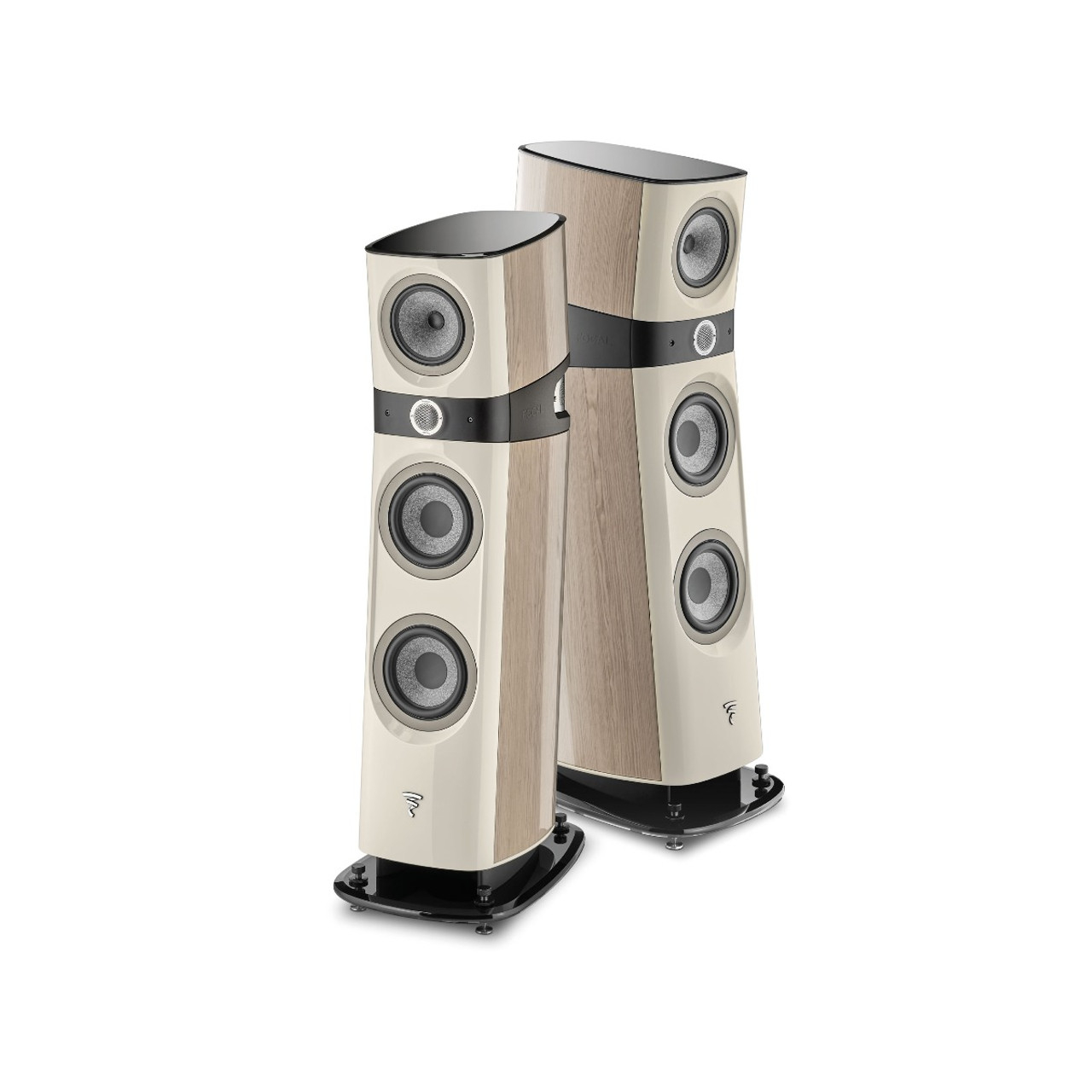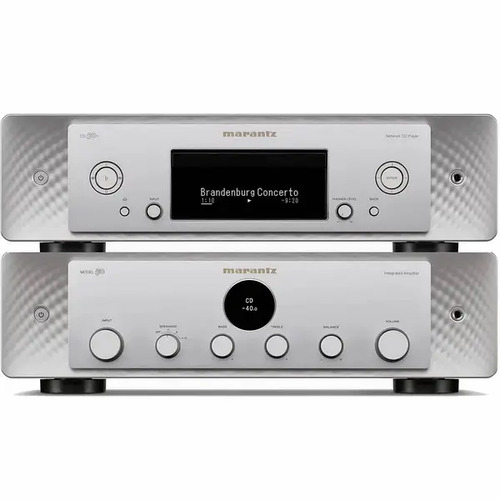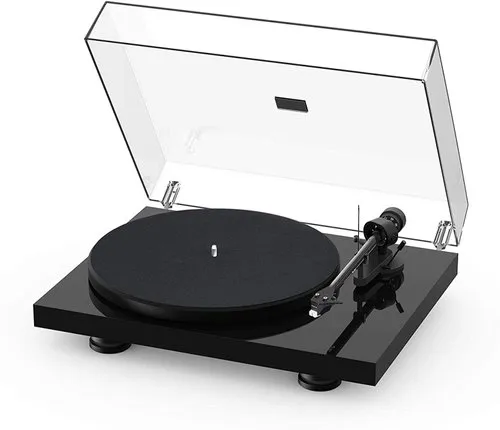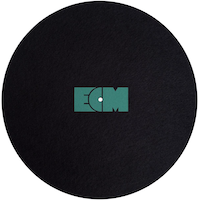|
Black discs, black spinner: Already cosmetically it’s clearly an exception in Transrotor’s portfolio. Leafing through Jochen Räke’s web pages, the Dark Star Reference turntable attracts attention precisely for not being shiny and sparkly metallic like all the others. Blacker than black isn’t possible – and matte to boot. The only thing that might sparkle here is the centrally placed company logo.
Spendiferous swaths of acrylic and aluminum are not the name of this game. Instead the material of choice is Polyoxymethylen or POM for short, an industrial composite currently en vogue in analogue circles for its purportedly excellent self damping and highly developed machinability. In other areas, Transrotor kept the faith with their own tradition. In most basic form, the dark star of Bergisch Gladbach is once again a high-mass affair in individual construction details and typically expansive trim and upgrade options.
|
|
|
|
|
We received two larger cartons for the deck proper [€1.950] and the optional plinth which elevates the Dark Star to the Dark Star Reference and its price to €2.750. In standard trim with 9-inch Jelco 800S tone arm and Goldring 2200 MM cartridge, the Reference then clocks in at threetwo. Another small box contained the upgraded Konstant Studio power supply [€420] so I had plenty for fun and games. |
|
|
|
Construction: Like the rest, the plinth is made of the POM synthetic which Herr Räke rates sonically between aluminum and acrylic. The base runs four height-adjustable silicon ring footers. The chassis runs them too but only three which are equally adjustable and the two frontal ones even from above. Fitted with beer-top ‘thumb wheels’, perfect leveling is child’s play even for two left thumbs. Good riddance to fumbling!
The bearing borrows from Transrotor’s Zet 1 and 3 with a 10-mill steel axle atop a steel ball inside a bronze race. The 55mm thick POM platter sits atop the bearing’s small sub-platter and on its underside sports concentric grooves for resonance optimization, on the top a small central depression for record labels.
|
|
|
 |
Viewed from the side, the platter shows two ‘dress rings’ whose central groove accepts the precision-polished round belt which is powered from a synchronous motor via external power supply. The motor pod too is black POM. If handling it has you suspicious about its weight, flip it over to spot the thick embedded copper/zinc alloy mass stabilizer.
|
 |

|
The motor avoids physical contact with the deck and rests on six rubber bumpers. Speed changes necessitate a belt change with the stock PSU but being easy to access, no undue efforts.
The costlier Konstant Studio supply does handle speed changes from 33.3 to 45RPM by switch and electronically.
I first wanted to see what the deck would do before I worried about sonic differences with/without reference base, with/without upgraded PSU. My findings hence are bifurcated. |
|















































































